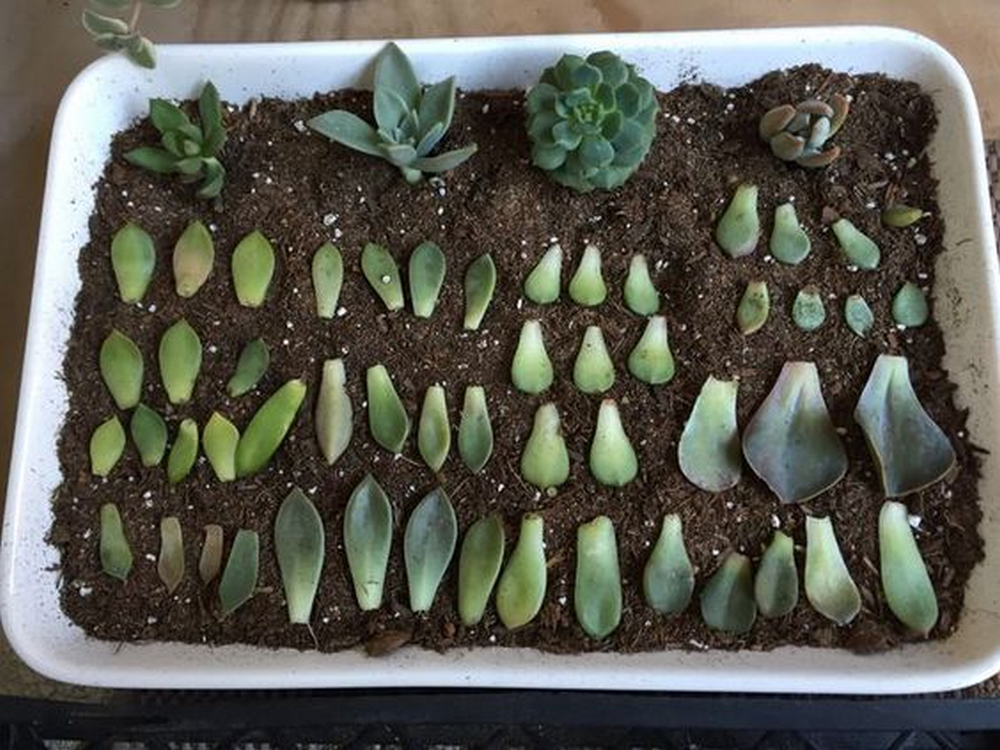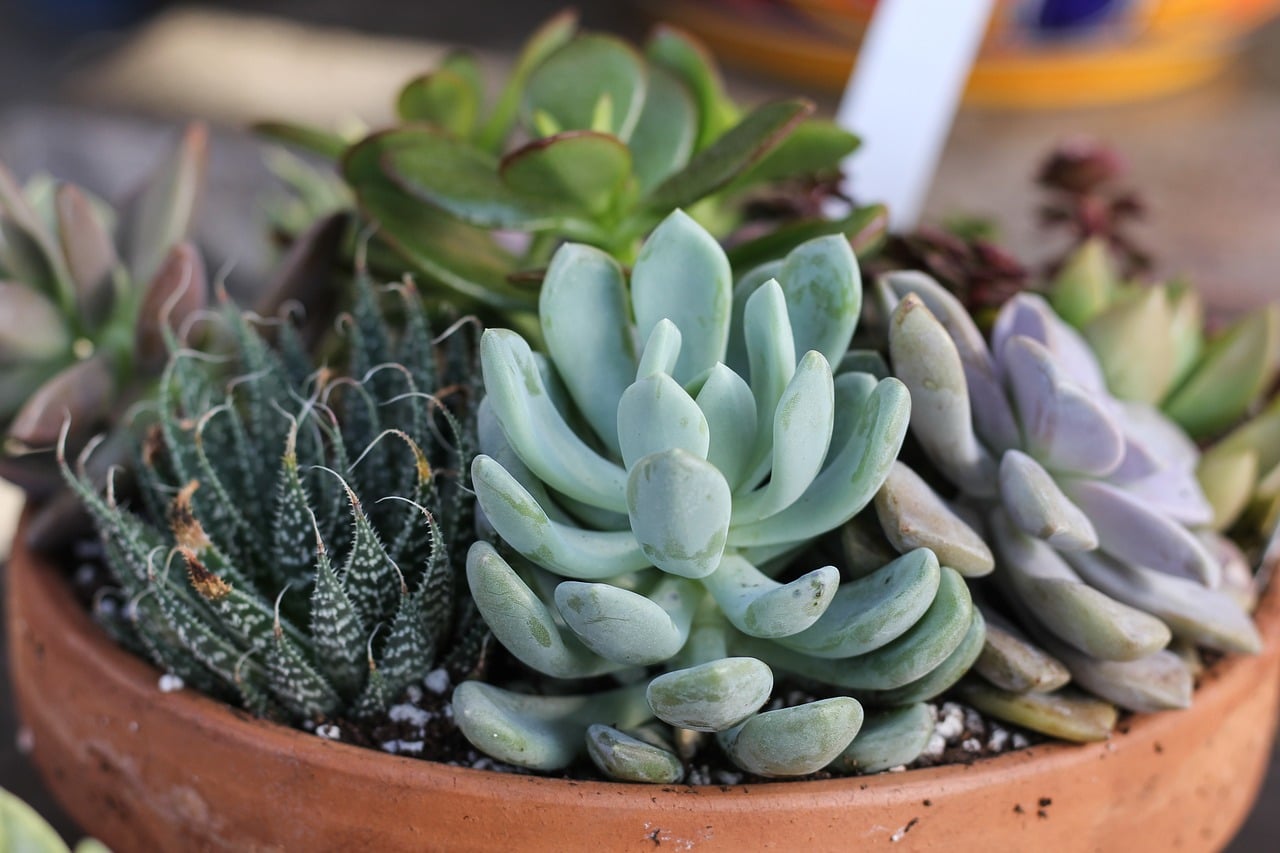How to Propagate Succulents at Home: A Comprehensive Guide

Are you an indoor gardening enthusiast looking to expand your collection of succulent plants? Propagating succulents at home is not only a rewarding hobby but also a cost-effective way to grow your green family. Imagine turning one succulent into many, just like multiplying your favorite recipe to share with friends. This guide will walk you through the steps of how to propagate succulents at home, ensuring you have all the tips and tricks to become a plant propagation pro.
Understanding Succulent Propagation
Before diving into the process, let's understand what succulent propagation entails. Succulent propagation is the process of creating new plants from existing ones. There are several methods to achieve this, including growing from cuttings, leaves, and even seeds. Each method has its unique charm and level of difficulty, but with the right succulent care, you can master them all.
Methods of Succulent Propagation
Propagating from Cuttings
One of the most popular methods of succulent propagation is growing from cuttings. This method involves taking a piece of the parent plant and encouraging it to grow roots.
Selecting the Right Cutting: Choose a healthy stem or branch from your succulent plant. Ensure it has a few leaves and is free from any signs of disease or damage.
Making the Cut: Using a clean, sharp pair of scissors or a knife, cut the stem at a 45-degree angle. This angle increases the surface area for root growth.
Drying the Cutting: Allow the cutting to dry for a few days. This step is crucial as it allows the cut end to callus over, preventing rot.
Planting the Cutting: Once the cutting has callused, dip the end in rooting hormone (optional) and plant it in a well-draining soil mix. Ensure the soil is moist but not waterlogged.
Providing the Right Conditions: Place the cutting in a bright, indirect light location. Maintain a consistent temperature and humidity level.
Monitoring Growth: Within a few weeks, you should see new growth. Continue to care for the cutting as you would any other succulent plant.
Propagating from Leaves
Propagating succulents from leaves is another popular method, especially for varieties like Echeveria and Sedum.
Selecting Healthy Leaves: Choose plump, healthy leaves from the parent plant. Gently twist and pull the leaves off, ensuring you get the entire leaf.
Drying the Leaves: Allow the leaves to dry for a few days. This step helps prevent rot and encourages root growth.
Placing the Leaves: Place the dried leaves on a well-draining soil mix. Ensure the leaves are in contact with the soil but not buried.
Providing the Right Conditions: Keep the soil moist but not waterlogged. Place the leaves in a bright, indirect light location.
Monitoring Growth: Within a few weeks, you should see tiny roots and new plantlets emerging from the leaves. Once the plantlets are large enough, you can transplant them into individual pots.
Propagating from Seeds
Propagating succulents from seeds is a bit more challenging but can be very rewarding.
Collecting Seeds: You can collect seeds from mature succulent plants or purchase them from a reputable source.
Preparing the Soil: Use a well-draining soil mix specifically designed for succulents. Ensure the soil is moist but not waterlogged.
Planting the Seeds: Sprinkle the seeds on the soil surface. Gently press them down to ensure good contact with the soil.
Providing the Right Conditions: Cover the seeds with a thin layer of soil and place them in a bright, indirect light location. Maintain a consistent temperature and humidity level.
Monitoring Growth: Keep the soil moist until the seeds germinate. Once the seedlings are large enough, transplant them into individual pots.
Tips for Successful Succulent Propagation
Choosing the Right Soil
The right soil is crucial for successful succulent propagation. Use a well-draining soil mix specifically designed for succulents. You can also make your own by mixing equal parts of potting soil, perlite, and sand.
Providing Adequate Light
Succulents thrive in bright, indirect light. Ensure your propagations receive enough light to encourage growth but not so much that they get sunburned.
Maintaining Proper Humidity
While succulents are drought-tolerant, they still need some humidity to thrive. Maintain a consistent humidity level by misting the soil or using a humidity tray.
Avoiding Overwatering
Overwatering is one of the most common mistakes in succulent care. Ensure the soil is moist but not waterlogged. Allow the soil to dry out between waterings.
Being Patient
Propagating succulents requires patience. It can take several weeks or even months for new growth to appear. Don't be discouraged if you don't see immediate results.
Conclusion
Propagating succulents at home is a rewarding hobby that allows you to expand your indoor gardening collection. Whether you choose to grow from cuttings, leaves, or seeds, the key to successful succulent propagation is providing the right conditions and being patient. With the right succulent care, you can turn one plant into many, creating a thriving green oasis in your home.
So, are you ready to dive into the world of plant propagation? Remember, every new plant is a testament to your green thumb and a step closer to becoming a succulent expert. Happy propagating!
FAQs
How long does it take for succulent cuttings to root?
- It typically takes 2-4 weeks for succulent cuttings to root, depending on the variety and growing conditions.
Can I propagate succulents in water?
- While some succulents can be propagated in water, it's generally more successful to propagate them in soil. Water propagation can increase the risk of rot.
What is the best time of year to propagate succulents?
- The best time to propagate succulents is during the spring and summer months when the plants are actively growing.
How do I know if my succulent propagation is successful?
- You'll know your succulent propagation is successful when you see new growth, such as roots or plantlets, emerging from the cutting or leaf.
Can I use regular potting soil for succulent propagation?
- While you can use regular potting soil, it's best to use a well-draining soil mix specifically designed for succulents. This ensures proper drainage and prevents root rot.


For more detailed information on succulent care and propagation, you can visit authoritative resources like the Succulent Plant Society and the International Succulent Introductions. These websites offer a wealth of knowledge and tips for successful indoor gardening.
0 Response to "How to Propagate Succulents at Home: A Comprehensive Guide"
Post a Comment